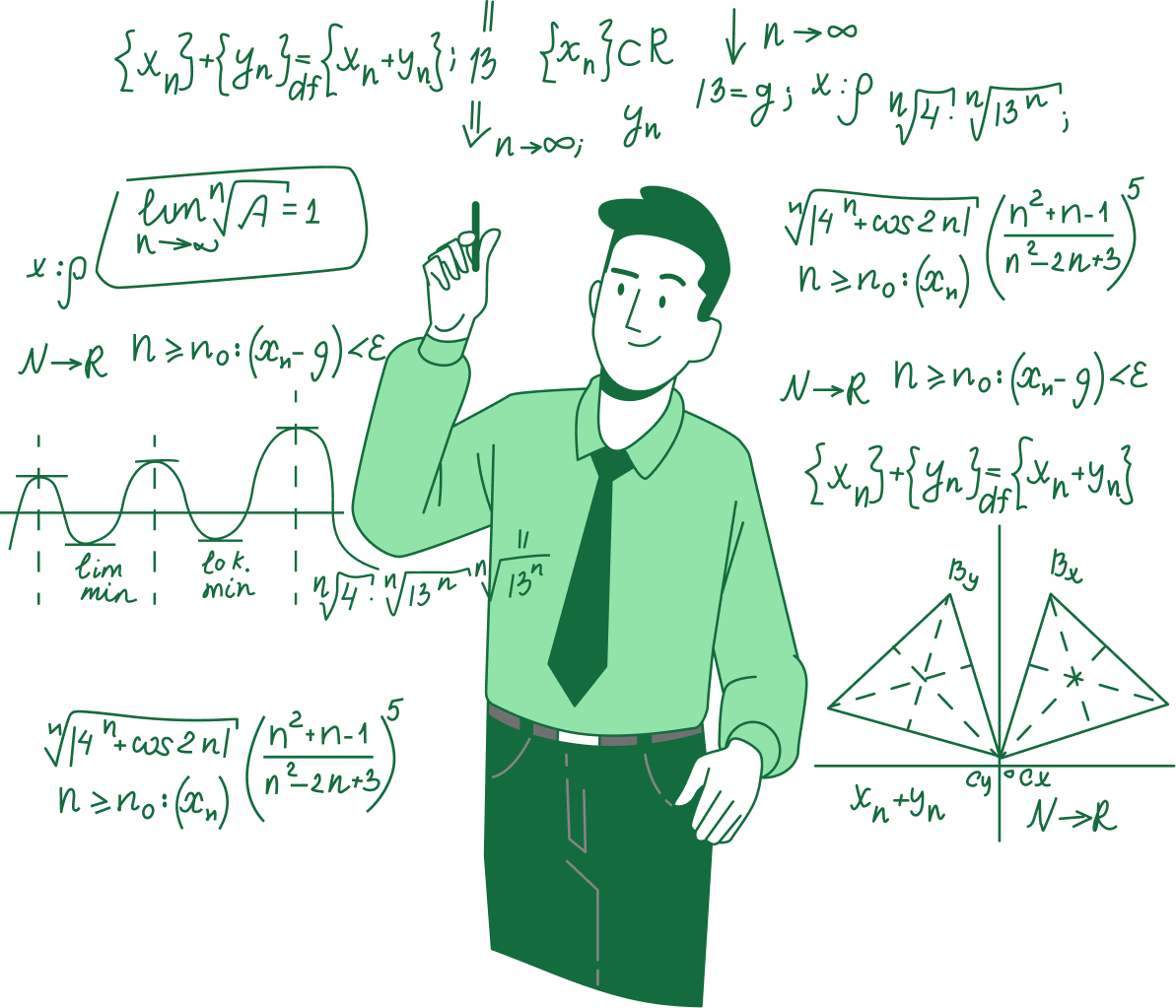Real Numbers – Complete Guide For Class 10 Math Chapter 1

Welcome to iPrep, your Learning Super App. Our learning resources for the chapter, Real Numbers in Mathematics for Class 10th are designed to ensure that you grasp this concept with clarity and perfection. Whether you’re studying for an upcoming exam or strengthening your concepts, our engaging animated videos, practice questions and notes offer you the best of integrated learning with interesting explanations and examples.
The chapter on Real Numbers introduces students to the fundamental concepts of real numbers, including the Euclidean Division Lemma, the Euclidean Division Algorithm, and the Fundamental Theorem of Arithmetic. This chapter on real numbers explores the properties and operations of both rational and irrational numbers, emphasizing their decimal representations and the relationship between HCF and LCM. By mastering the concepts of real numbers, students will gain a solid foundation in number theory, which is essential for tackling more complex mathematical problems and real-world applications. This comprehensive understanding equips students with the skills needed for advanced topics in mathematics and enhances their analytical abilities.
Real Numbers
Real numbers are a set of numbers that include both rational and irrational numbers, encompassing every number that can be found on the number line.
Euclid’s Division Lemma
Euclid’s Division Lemma states that for any two positive integers a and b, there exist unique integers q and r such that: a = bq + r, where 0≤r<b.
Example:
Let’s find the number of CDs that satisfy the following conditions:
- When counted in pairs, nothing remains.
- When counted in threes, one remains.
- When counted in fours, two remain.
- When counted in fives, four remain.
Let the number of CDs be a. Then:
- a = 2m
- a = 3n + 1
- a = 4p + 2
- a = 5t + 4
By trial and error, we find that a = 34 satisfies all these conditions. This method uses Euclid’s Division Lemma to write the equations.
Verification
Verify Euclid’s Division Lemma for the integers 25 and 7:
25 = 7 × 3 + 4
Here, a = 25, b = 7, q = 3, and r = 4, satisfying 0 ≤ r < b.
Euclid’s Division Algorithm
This algorithm is used to compute the Highest Common Factor (HCF) of two positive integers. The steps are:
- Apply Euclid’s Division Lemma to c and d.
- If r=0, then d is the HCF. If 𝑟≠ 0, apply the lemma to d and r.
- Continue until the remainder is zero. The divisor at this stage is the HCF.
Example: Find the HCF of 210 and 55 using Euclid’s Division Algorithm:
- 210 = 55 × 3 + 45
- 55 = 45 × 1 + 10
- 45 = 10 × 4 + 5
- 10 = 5 × 2 + 0
The HCF is 5.
The Fundamental Theorem of Arithmetic
Every composite number can be expressed as a product of primes uniquely, apart from the order of the prime factors.
Example:
Find the prime factors of 72:
72 = 2 × 2 × 2 × 3 × 3 = 2³ × 3²
LCM and HCF Relationship
For any two numbers a and b:
HCF(a,b) × LCM(a,b) = a × b
Example:
Find the HCF and LCM of 135 and 225 using prime factorization:
135 = 3³ × 5
225 = 3² × 5²
HCF = 3² × 5 = 45
LCM = 3³ × 5² = 675
Irrational Numbers
Irrational numbers cannot be expressed in the form p/q and have non-terminating, non-repeating decimal representations.
Example:
Show that √7 is irrational. Assume √7 is rational, i.e., √7 = a/b where a and b are co-prime integers. Then:
7b² = a²
This implies a is divisible by 7, so a must also be divisible by 7. Let a = 7c:
7b² = (7c)²
⟹ b² = 7c² .Thus, b must also be divisible by 7, contradicting the assumption that a and b are co-prime. Therefore, √7 is irrational.
Revisiting Rational Numbers
A rational number can be expressed as p/q where p and q are co-primes, and the decimal expansion terminates if the denominator is of the form 2ⁿ 5ᵐ
Example:
Check if 3/5 has a terminating decimal expansion. Since the denominator contains only the factor 5, it terminates.
Example:
Four bells ring at intervals of 4, 6, 8, and 14 seconds. When will they ring simultaneously again?
Solution: The time is the LCM of 4, 6, 8, and 14:
LCM (4,6,8,14) = 168
So, the bells will ring simultaneously after 168 seconds.
Let’s Conclude
In conclusion, mastering Class 10th Math Chapter 1 – Real Numbers is crucial for building a solid foundation in mathematics. This chapter not only covers essential topics like the Euclidean Division Lemma, Euclid’s Division Algorithm, and the Fundamental Theorem of Arithmetic but also helps students understand the relationship between HCF and LCM. These concepts are integral to advanced problem-solving in both academic and real-world scenarios. By using the iPrep App, students can deepen their understanding of Real Numbers through interactive videos, practice questions, and detailed notes, making learning both effective and enjoyable. As you continue exploring Class 10th Math Chapter 1 – Real Numbers, you’ll find that these skills will support you in tackling more complex mathematical challenges ahead.
Practice questions on Chapter 1 - Real Numbers
Get your free Chapter 1 - Real Numbers practice quiz of 20+ questions & detailed solutions
Practice Now








